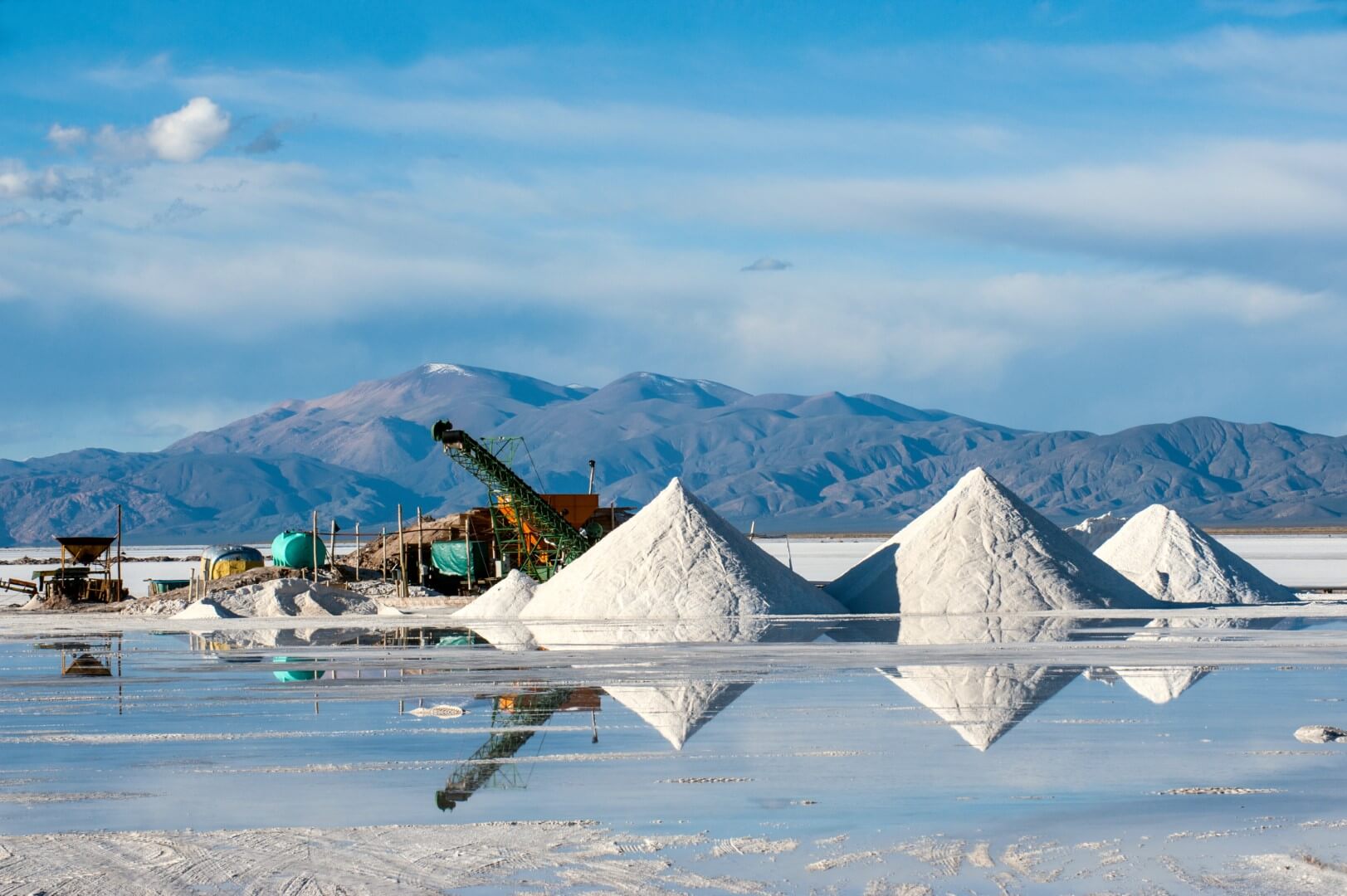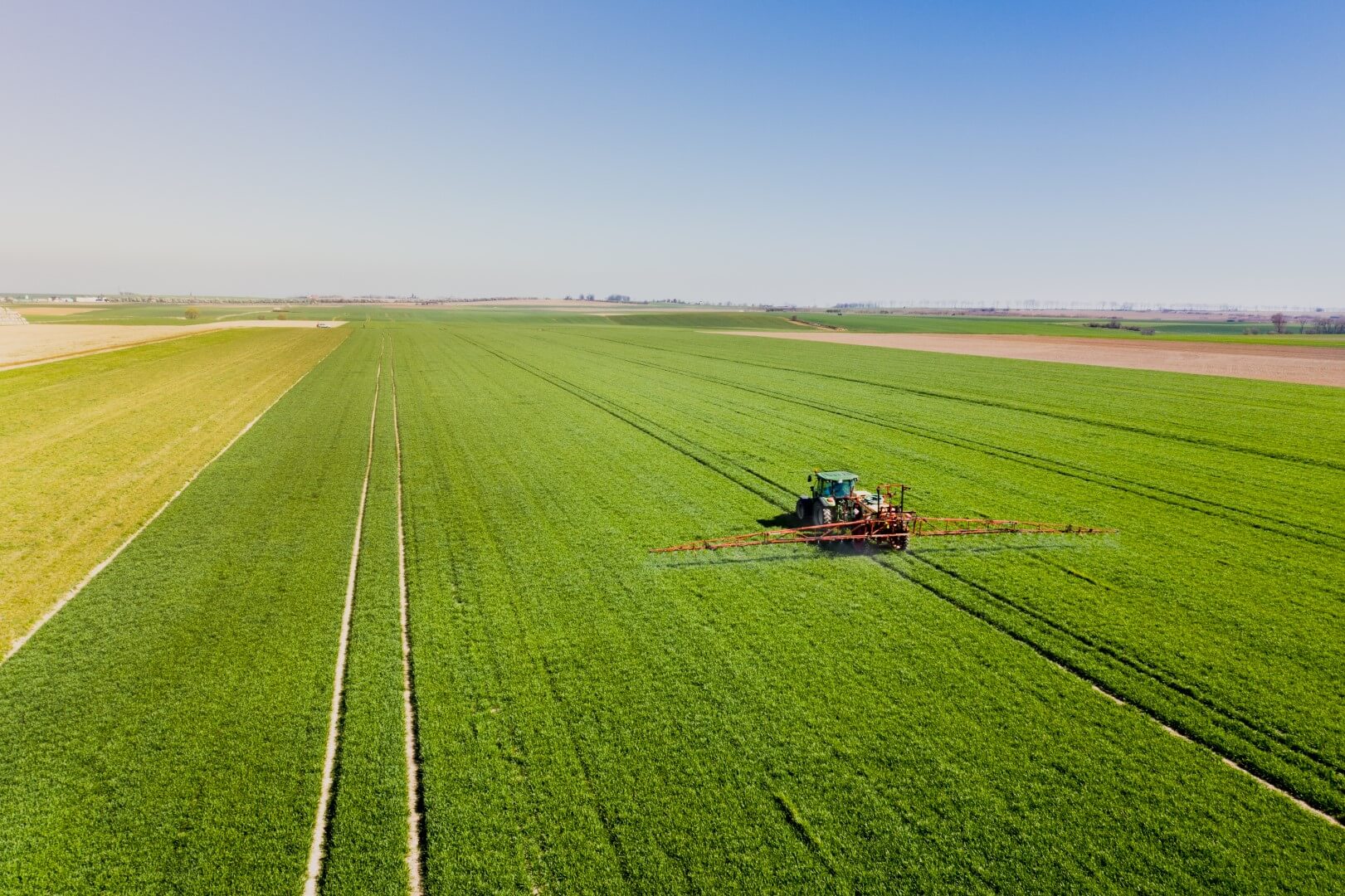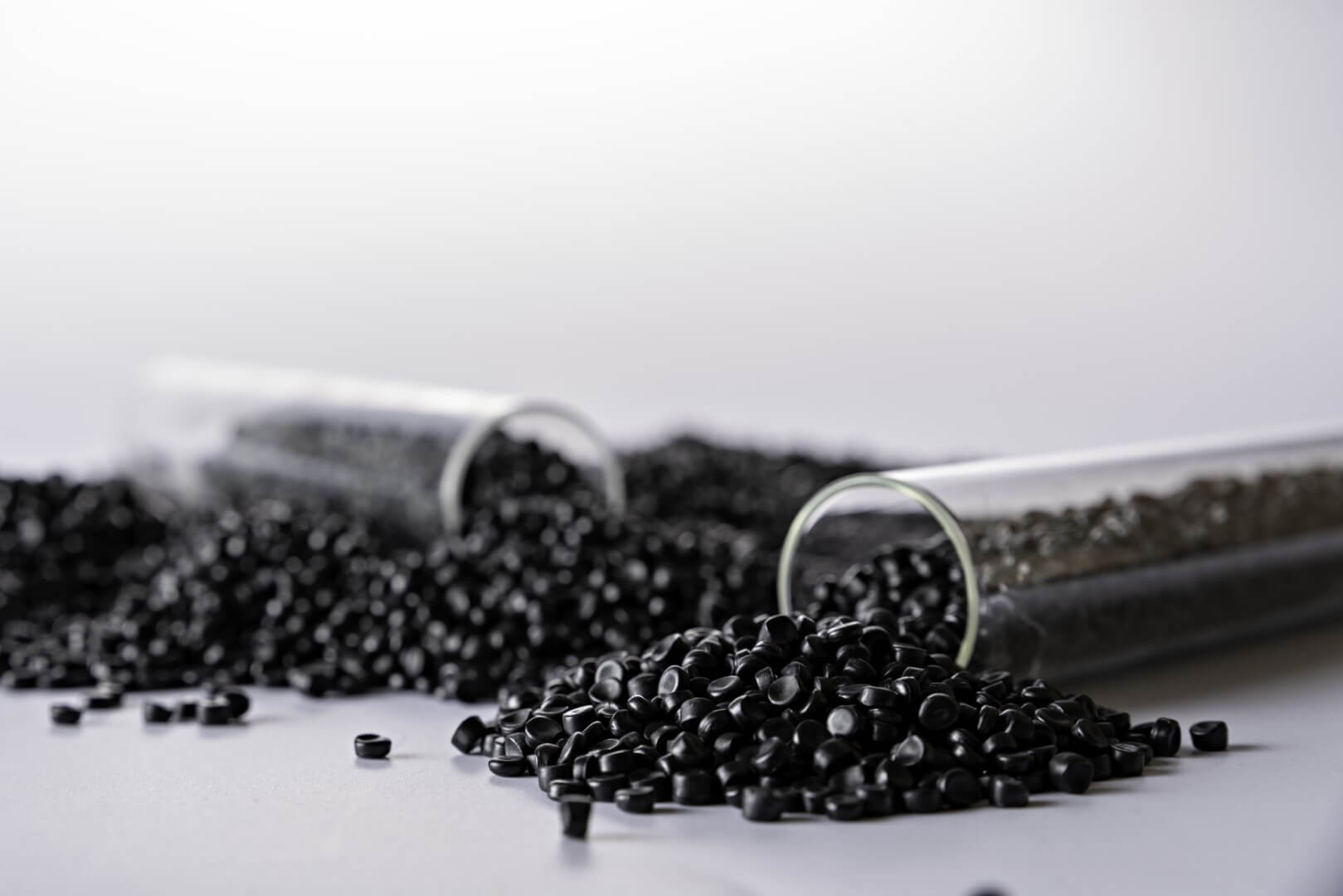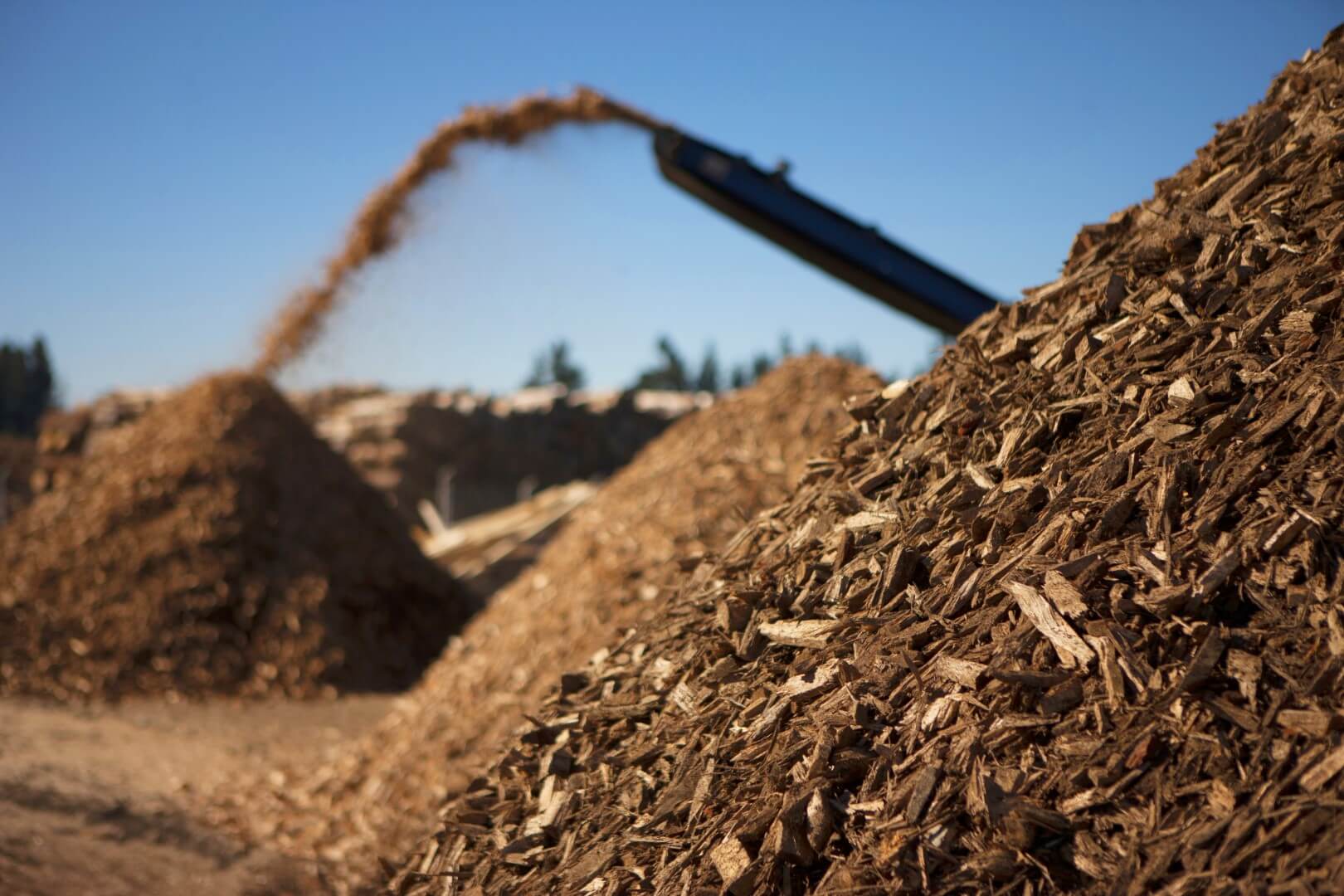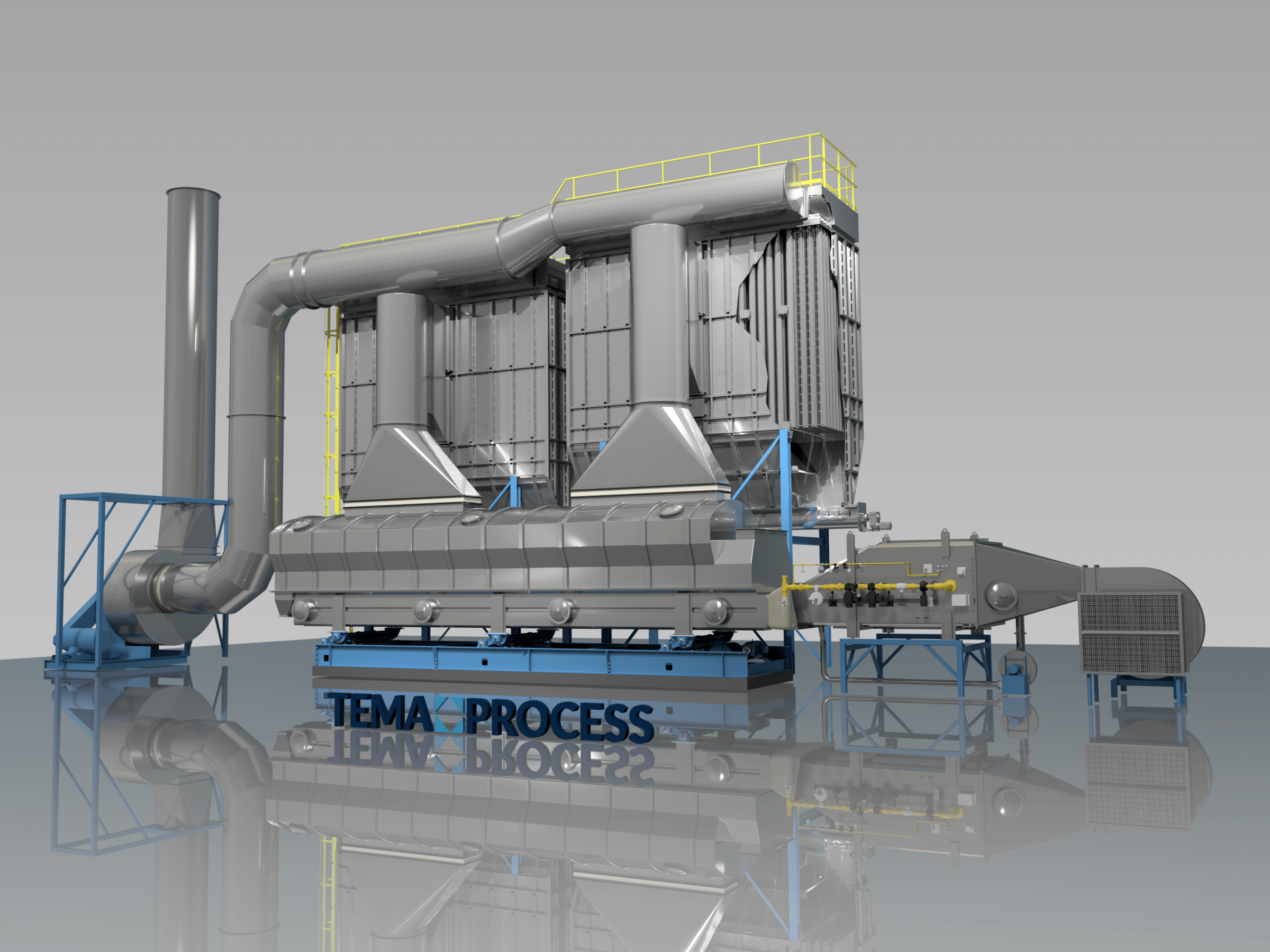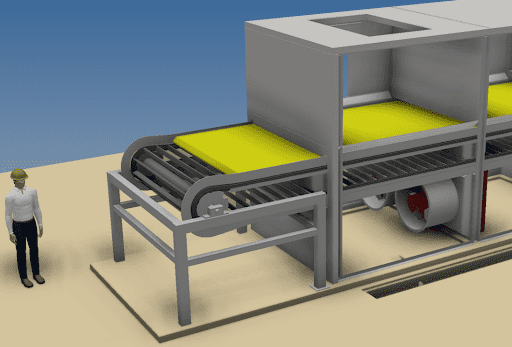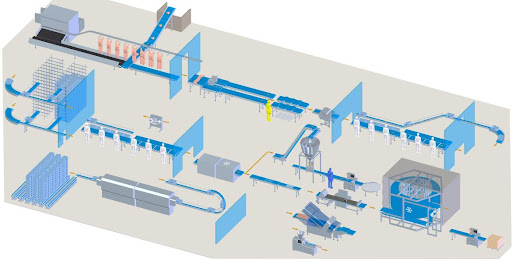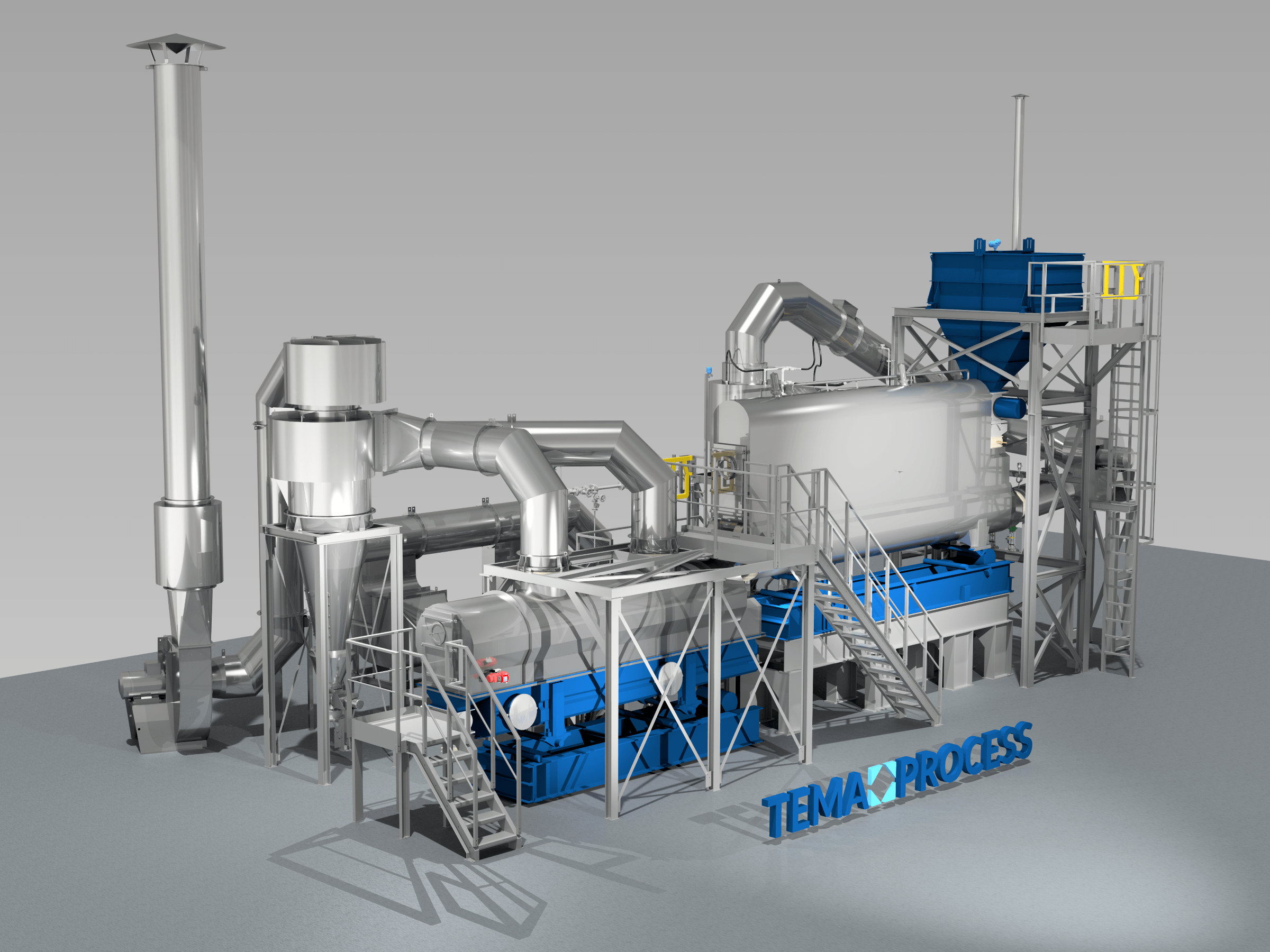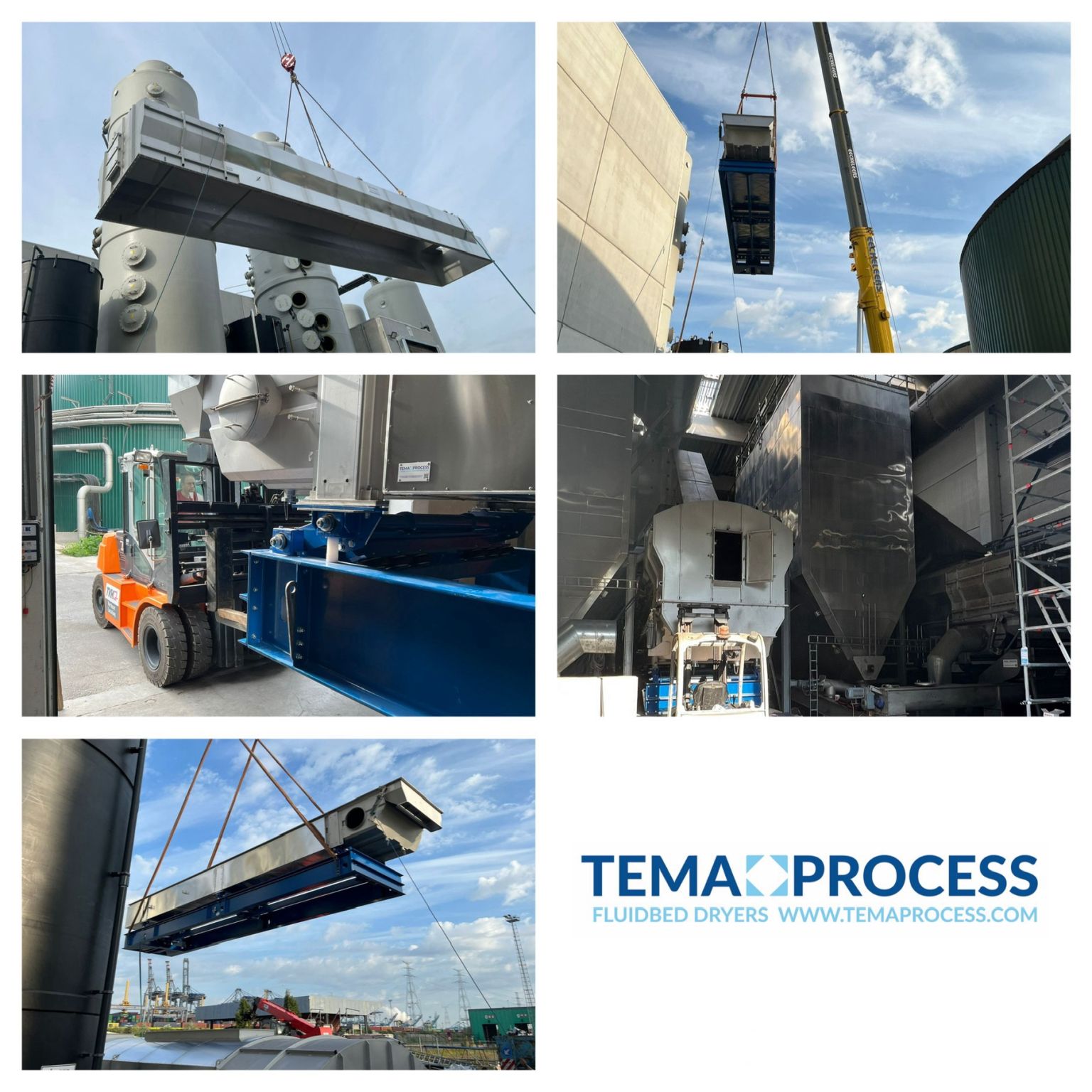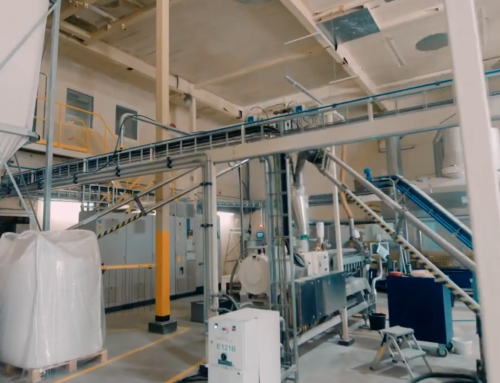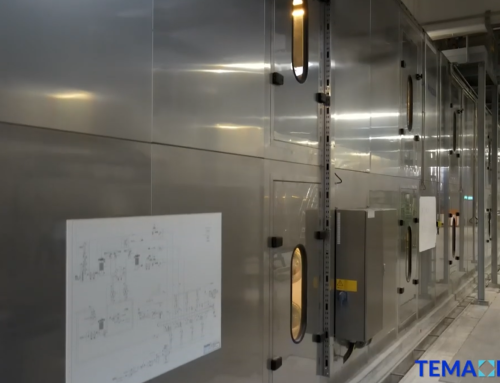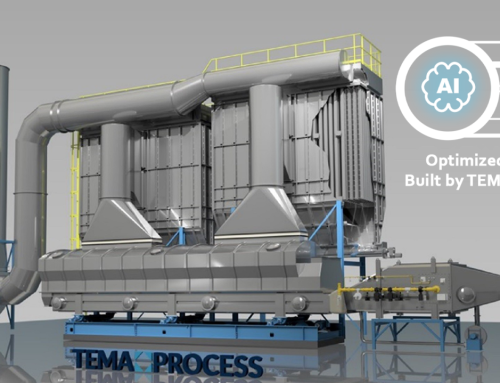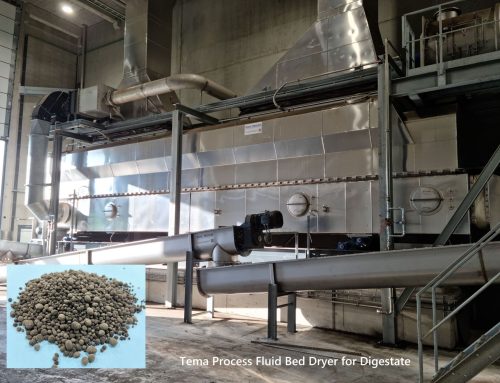Enhancing Waste-to-Energy Efficiency: The Role of Tema Process Digestate Dryers
In the realm of renewable energy and sustainable waste management, anaerobic digestion (AD) is a cornerstone technology. By converting organic waste into biogas, this process offers a dual benefit of energy generation and waste volume reduction. However, AD leaves behind a byproduct known as digestate, a nutrient-rich slurry composed of solids and liquids. Proper handling of digestate is critical to maximizing the efficiency of the process and minimizing environmental impact. The Tema Process Digestate Dryer is a cutting-edge solution designed to address this challenge.
What Is Digestate and Why Is Drying Important?
Digestate is a mixture of water, organic matter, and valuable nutrients like nitrogen, phosphorus, and potassium. While it is often used as a biofertilizer, its high moisture content—typically 70-90%—presents several challenges, including:
• High transport costs due to its weight.
• Limited shelf life because of microbial activity.
• Odor issues, making storage and application less practical.
Drying digestate reduces its water content, transforming it into a lightweight, stable product that is easier to store, transport, and use as a fertilizer or soil conditioner. Additionally, dried digestate can serve as a raw material for pellets or granules in agriculture and energy production.
The Tema Process Digestate Dryer: A Technical Overview
Tema Process specializes in fluidized bed drying technology, which is particularly suited for handling moist, granular, or powdery materials. Their digestate dryer employs this technology to provide efficient, continuous drying of digestate.
Key Features of the Tema Digestate Dryer
1. Fluidized Bed Technology:
• Digestate is suspended in a stream of hot air, ensuring uniform drying and preventing clumping.
• Gentle handling minimizes degradation of nutrient content.
2. Energy Efficiency:
• Heat generated from the biogas plant can be reused for drying, integrating seamlessly into the existing energy system.
• Advanced heat recovery systems further optimize energy use.
3. Customizability:
• The dryer can handle a wide range of feed moisture levels and particle sizes.
• Modular design allows for scalability based on plant size and output requirements.
4. Automation and Control:
• Sensors and control systems monitor moisture levels, airflow, and temperature, ensuring consistent drying quality.
5. Environmental Benefits:
• Reduces greenhouse gas emissions from digestate storage and transport.
• Converts digestate into a marketable product, promoting circular economy.

